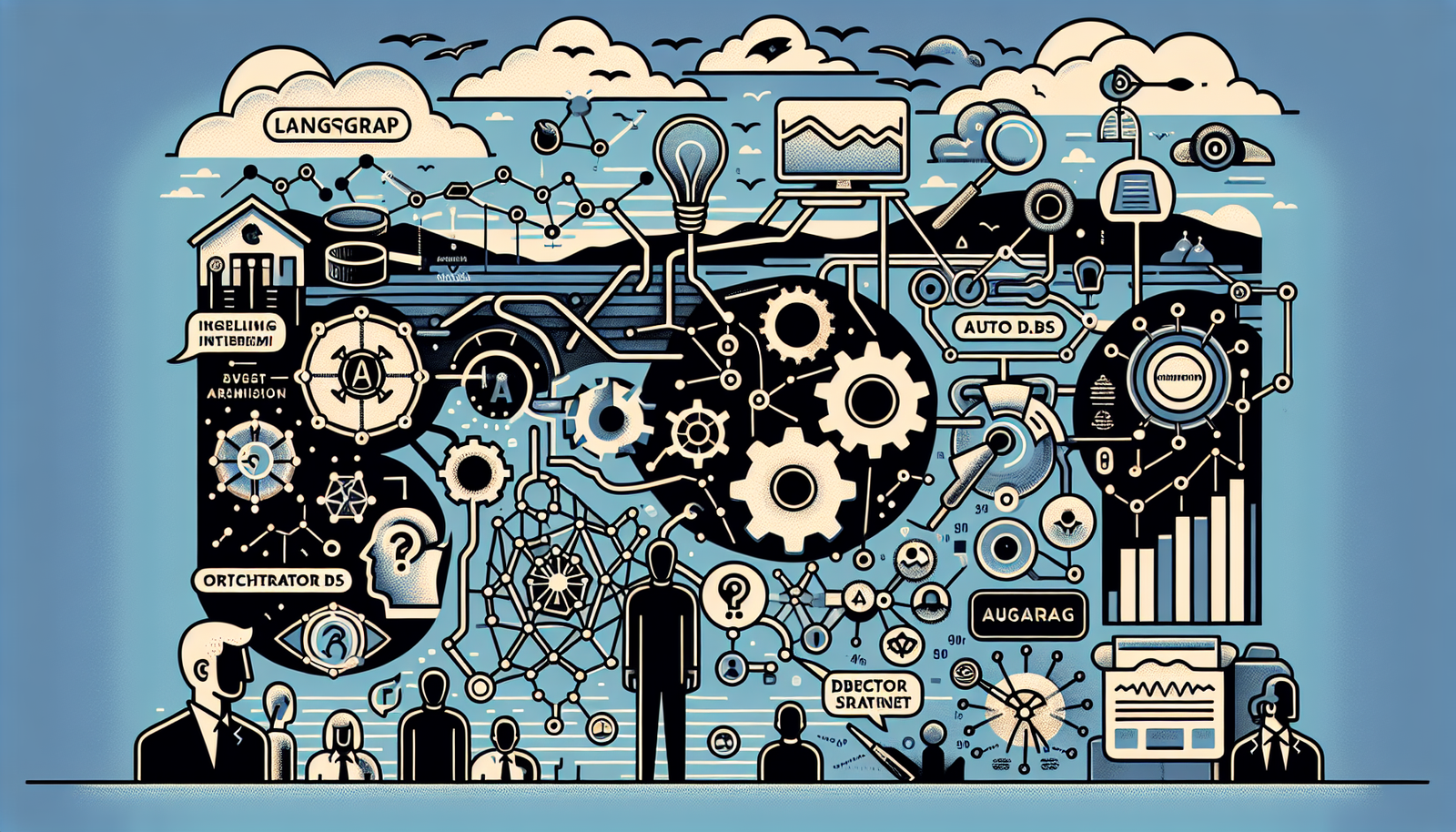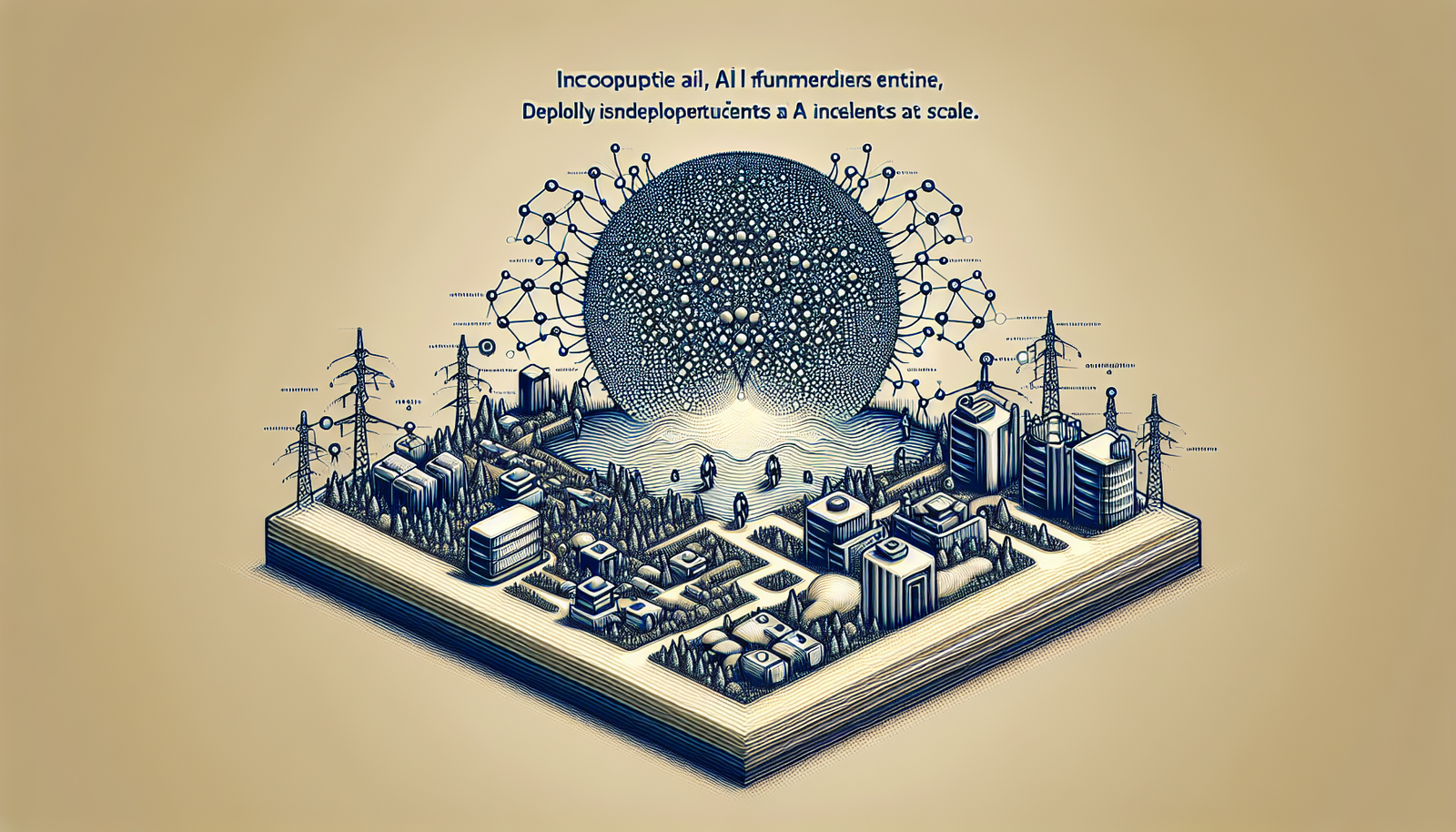Introduction to Agentic AI and LangGraph
What is Agentic AI?
Agentic AI involves autonomous agents powered by large language models (LLMs) that can make decisions, interact with tools, access memory, and perform reasoning steps to complete tasks. Unlike simple prompt-based LLM workflows, agentic systems are stateful and dynamic, requiring more sophisticated orchestration.
Overview of LangGraph
LangGraph is a framework developed by the team behind LangChain. It enables developers to build agentic workflows as directed state machines or graphs, where each node represents a step (like a tool or an agent action), and edges define transitions. It supports conditional logic, cycles, and memory sharing between steps.
Why Use LangGraph for Deployment?
LangGraph is particularly suitable for scalable and production-ready deployments of LLM applications. Its features include serialization, observability with LangSmith, and compatibility with popular deployment environments like AWS Lambda or Docker.
Setting Up Your Development Environment
Installing LangGraph and Dependencies
To get started, install LangGraph using pip:
pip install langgraphThis will also pull in required dependencies such as LangChain and interfaces needed for agents and tools.
Key Concepts: Nodes, Edges, Graphs
LangGraph models workflows as directed graphs. The core components include:
- Nodes: Tasks or steps (e.g., call an agent, invoke a tool).
- Edges: Conditional links between nodes.
- Graph: The entire workflow, composed of nodes and transitions.
Building an Agentic Workflow in LangGraph
Defining the Agent and Tools
You start by creating your agent using LangChain’s agent framework. Tools (e.g., calculators, search APIs, custom functions) are then registered with the agent.
from langchain.agents import initialize_agent
from langchain.tools import Tool
agent = initialize_agent(tools=[...], llm=..., agent_type="openai-function")Structuring the Workflow with Nodes
Each node corresponds to a callable function. For instance:
def run_agent(state):
output = agent.run(input=state["input"])
return {"result": output}You connect nodes using LangGraph’s DSL (domain-specific language):
from langgraph.graph import StateGraph
builder = StateGraph(input_schema=InputSchema)
builder.add_node("agent_node", run_agent)Using Memory and State Management
LangGraph supports state tracking across nodes through dictionaries. You can maintain memory, track intermediate results, and structure branching logic based on previous output.
Deploying LangGraph to Production
Exporting and Serializing Your Workflow
LangGraphs can be serialized as JSON-like objects. This allows you to version, store, and later reload workflows.
graph = builder.compile()
graph.save("workflow.yaml")Deployment Options: Serverless vs Container
- Serverless: Suitable for low-latency, stateless events (e.g., AWS Lambda).
- Containerized: Useful for full-stack APIs with persistent memory (e.g., Docker on ECS or Kubernetes).
For container deployment:
docker build -t langgraph-app .
docker run -p 8080:8080 langgraph-appMonitoring and Observability with LangSmith
Integrate LangSmith during development to monitor agent behavior, trace outputs, and debug step-by-step execution.
Best Practices and Limitations
Debugging Techniques
Use isolated node testing and LangSmith’s visualization tools to detect logic errors and poor agent performance.
Security and Resource Management
When deploying, sandbox external tools, enforce rate limits, and manage API keys securely through environment variables.
Current Limitations of LangGraph
LangGraph is still evolving. As of mid-2024, it lacks native UI builders and requires external services for persistent memory and user authentication.
FAQs about Deploying LangGraph Workflows
Can LangGraph be used with OpenAI and Anthropic models?
Yes, LangGraph supports all LangChain-compatible LLMs, including OpenAI, Anthropic, Cohere, and HuggingFace models.
Is LangGraph suitable for real-time applications?
Yes, with proper configuration (e.g., using lightweight agents for speed), LangGraph can power conversational interfaces and APIs in real time.
How does LangGraph compare to vanilla LangChain workflows?
LangGraph offers higher abstraction via graphs, better control flow, and enhanced state management compared to traditional step-by-step LangChain chains.
Focus Keyword: LangGraph deployment






